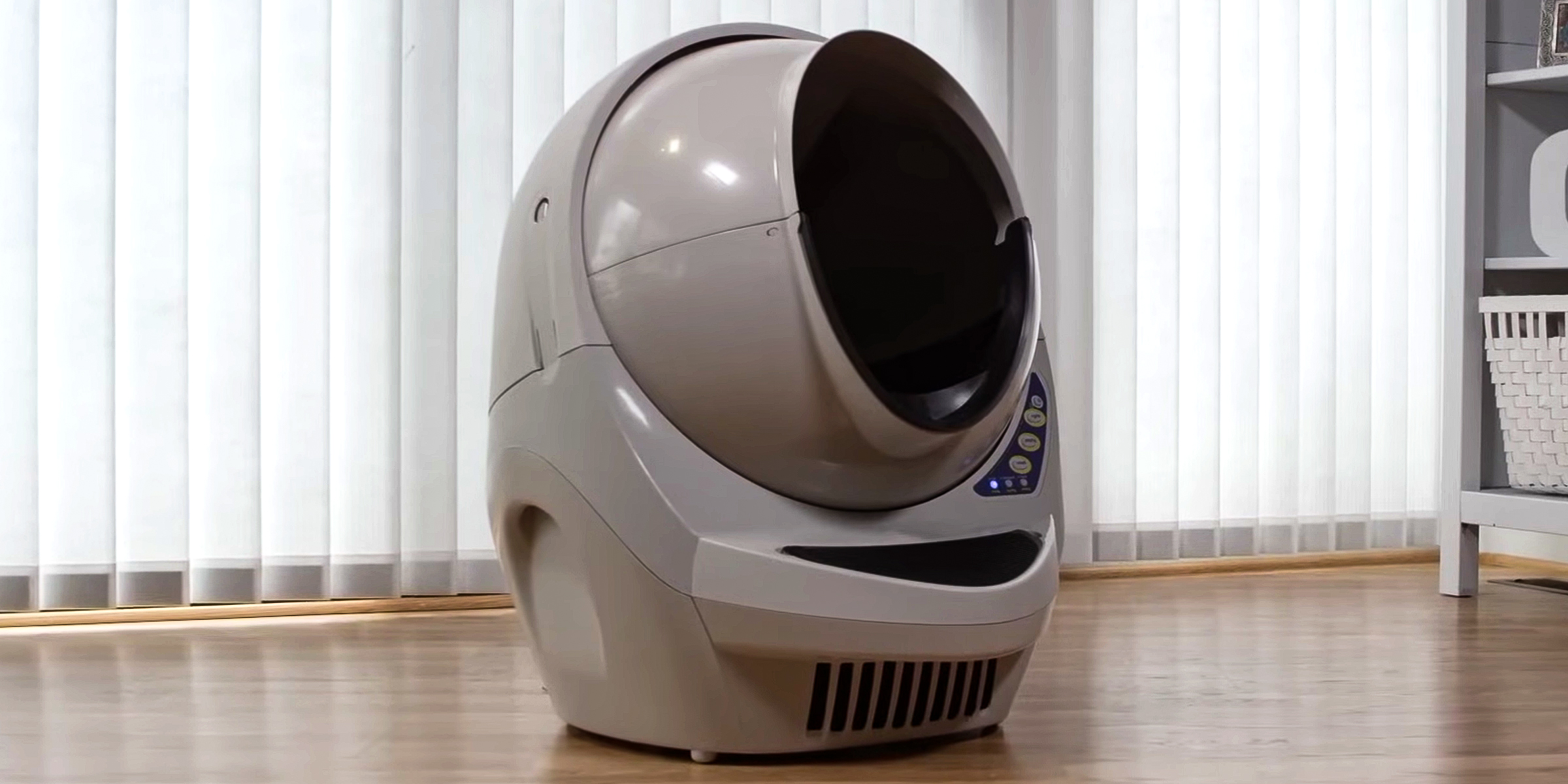
Build a DIY Litter Robot Enclosure with Ease — Simplified Guide for Effortless Home Assembly
Despite their convenience, high-tech litter boxes can sometimes clash with home aesthetics. Fortunately, there's a stylish DIY solution! Transform your space with a DIY Litter Robot enclosure that effortlessly merges smart technology with style.
Cats, renowned for their cleanliness, have adapted to indoor living with the assistance of their owners and innovative products like the self-cleaning Litter-Robot, which provides them with a designated space for their needs.
For space-conscious pet owners, a DIY Litter Robot enclosure offers a clean, safe, and discreet solution. Here's how to build a litter box enclosure.
DIY Litter Robot Enclosure
Materials:
- 2 pieces melamine sheets (8 feet wide and 4 feet long)
- clear acrylic panel
- screws — 2-inches coarse-threaded and 1/2-inch pan-head
- melamine edge banding
Tools:
- saw (circular or table)
- drill
- handheld screwdriver
- drill bit
- Kreg Pocket Hole Jig (also known as pocket holes to make angled holes in wood)
- safety glasses

A set of tools | Source: Shutterstock
Instructions:
1. Before starting, ensure you wear safety glasses to protect your eyes. Cut the melamine sheet to your desired size. The melamine sheets offer durability and ease of cleaning, ideal for pet furniture.
Given the litter box's size, consider adding a few inches of allowance for it, ensuring cats have enough room to navigate around the enclosure. The dimensions should be as follows:
- Overall box: 32 3/4 inches (height), 36 inches (width), 37 1/2 inches (depth)
- Sides: 36 x 32 inches
- Top: 36 x 36 inches
- Front: 36 x 32 3/4 inches
- Rear: 36 x 28 inches

Cut the melamine sheet to your desired size and make sure to have enough space so your cat can move freely inside it. | Source: Youtube/HouseholdHowTo
2. Assemble the box by attaching the four sides with coarse-threaded wood screws. Ensure you drill pilot holes first, as melamine is prone to splitting and cracking easily. Proceed with caution. Tighten the screws by hand to avoid damage.

Tighten the screws by hand after assembling the four pieces of melamine sheets together. | Source: Youtube/HouseholdHowTo
3. Design the back side of the box to be shorter, allowing it to fit flush against the wall without the need to cut the baseboard. Leave one side of the box open so you can have access to clean the enclosure and ensure it's functioning correctly.

Keep one side of the box open for easy access to clean and check that everything is working properly. | Source: Youtube/HouseholdHowTo
4. Use scrap plywood for the frame, sanding the surface smooth to prevent splinters. Cut the acrylic sheet to size using a circular or jigsaw and install it between the frame.

Create a frame with the use of scrap wood. | Source: Youtube/HouseholdHowTo
5. Pre-drill holes around the acrylic panel, and secure it with some 1/2-inch pan head screws. For a stronger, seamless finish, use pocket holes to assemble the frame and make sure to tighten the screws manually. Do not overtighten, as that may crack the acrylic.

Tighten the screws by hand after drilling the acrylic sheet onto the frame. | Source: Youtube/HouseholdHowTo
6. The enclosure has an extra tunnel, so you need to create three small access points for your cat to enter and exit. Cut a section on the lower side of the enclosure and on the side of the tunnel, as well as a part of the house wall. To address the potentially hazardous hole in the wall, create a box to cover the rough edges to ensure safety and comfort.

Cut out a section of the house wall that matches the tunnel's access port. | Source: Youtube/HouseholdHowTo
7. Install the Litter-Robot enclosure door with hinges and add edge bandings for a polished look. Attach a handle for easy lifting.

Attach handles and hinges for easy access to the enclosure. | Source: Youtube/HouseholdHowTo
8. Once you've built the enclosure, place it where you want and put the Litter-Robot inside. Now this DIY enclosure is cat-approved!

A cat navigating its way inside the Litter-Robot enclosure. | Source: Youtube/HouseholdHowTo
Embrace the seamless fusion of functionality and style with your newly crafted DIY Litter Robot Enclosure. Eager for more hands-on projects? Explore our next guide, where we delve into transforming your closet space with a personalized DIY wardrobe door.
